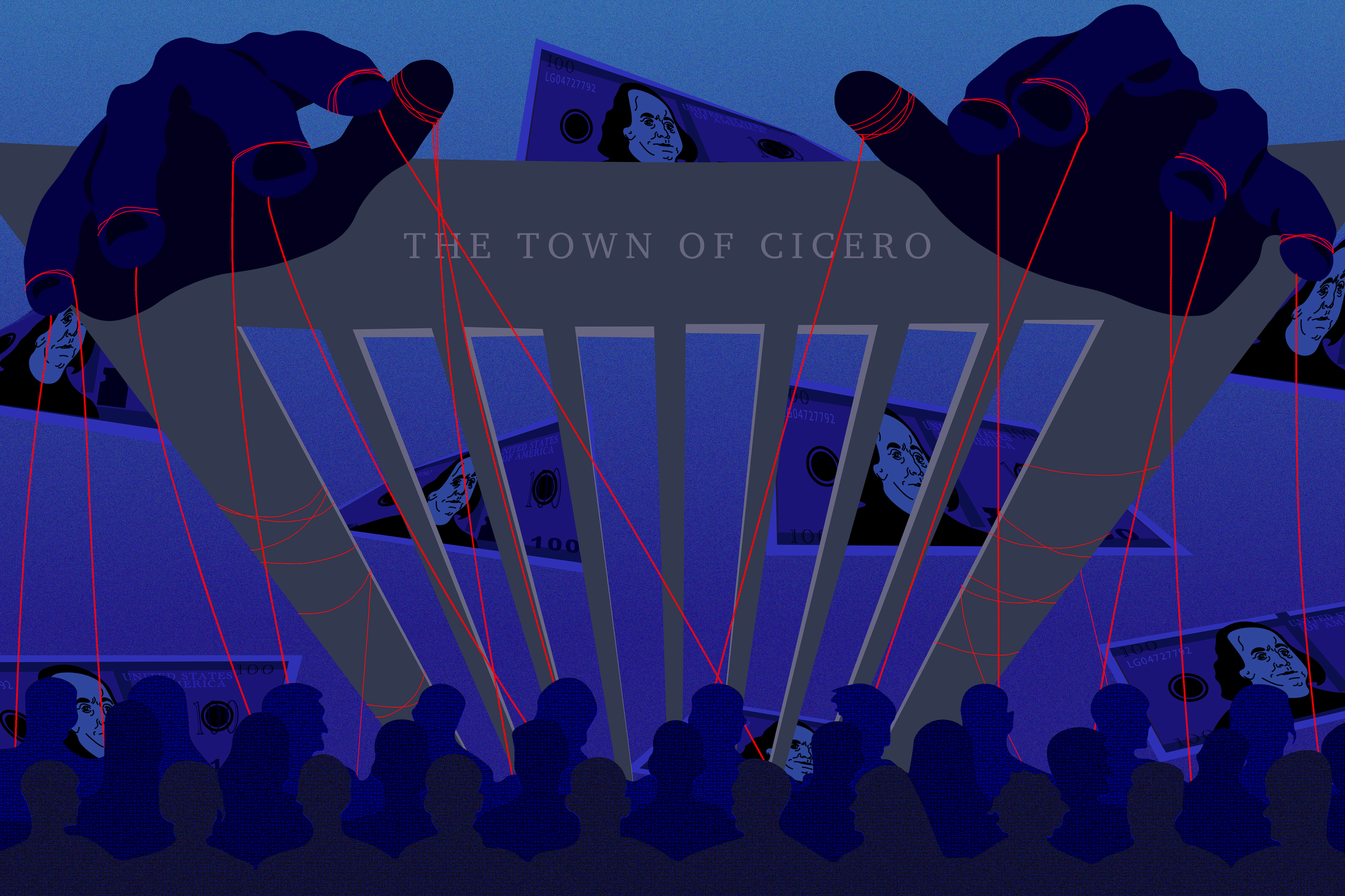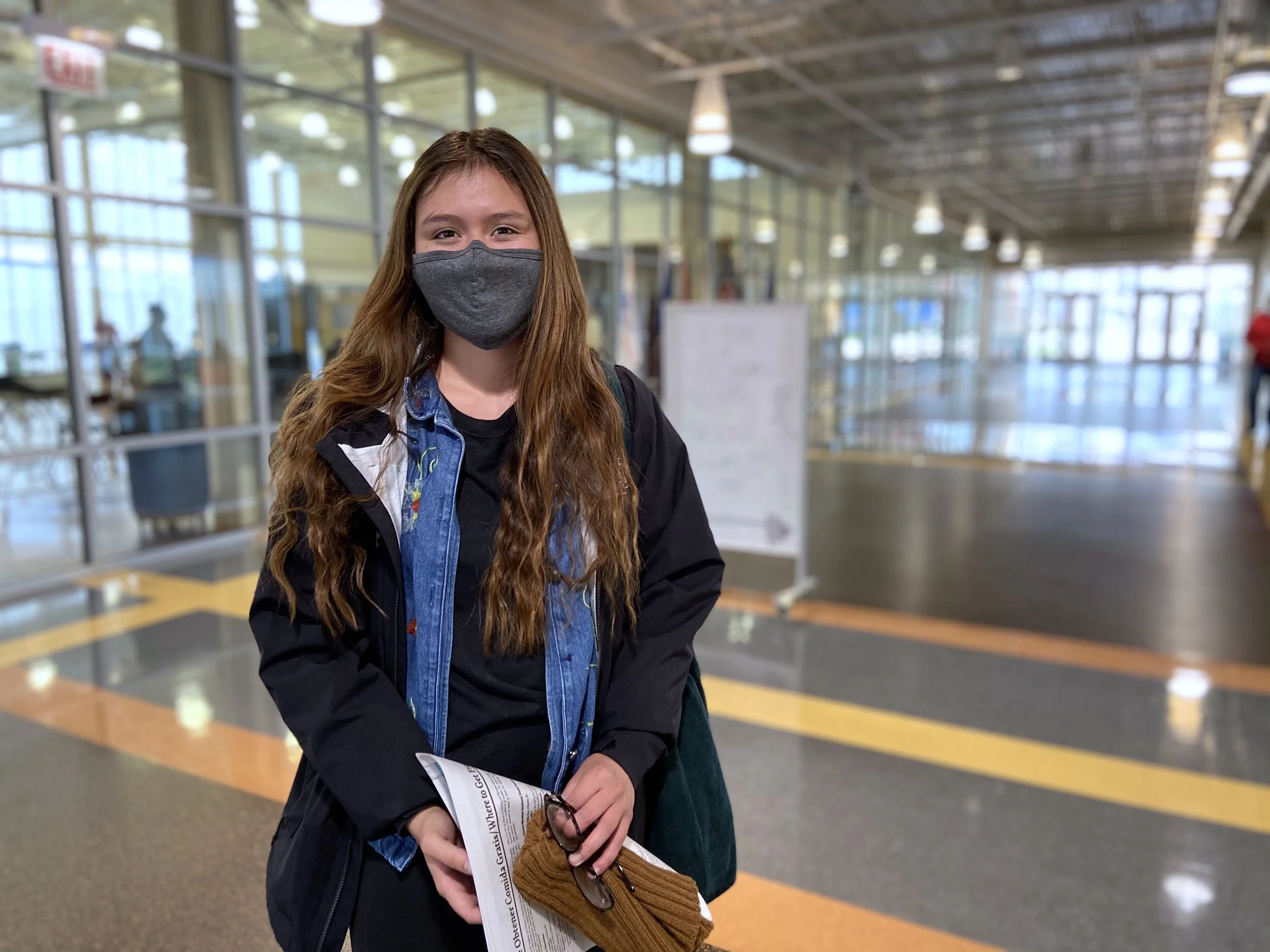Cicero, Know Your Judges for Voting in this Election
Illustration by Veronica Martinez
By Jonah Newman
Every two years, Cook County voters get the chance to either reelect or reject about 60 of the roughly 400 judges who sit on the circuit court, in an election known as “retention.” This is the most direct way voters have to voice their disapproval of a judge’s performance and the only way for the public to remove a judge from the bench. Want to know how these retention elections work? Read on.
What is a retention election?
Cook County Circuit Court judges are elected to six-year terms. At the end of six years, they have to run to keep their seat for another term. Unlike other elected officials, judges running for retention don’t face a challenger. Voters have just two options: Vote “Yes” to keep the judge or “No” to remove them. Appellate and Supreme Court judges run for retention every 10 years.
Who votes in retention races?
Every Cook County voter can vote in the judicial retention races. Even though some judges are selected from “subcircuits” – smaller judicial districts within the county – all judges run for retention countywide. In the last election in 2018, about 1.25 million people voted in each retention race, out of more than 3 million registered voters in Cook County.
How many votes does a judge need to stay?
A judge needs 60 percent of the people who vote in their retention race to vote “yes” in order to keep their seat. That might seem like a high bar, but historically voters have almost uniformly chosen to keep judges on the bench. In 2018, retention judges got more than 76 percent of the vote, on average. Ten judges received more than 80 percent.
Only one judge, Matthew Coghlan, was not retained in 2018. He received just 52.2% of the vote. Coghlan was the first judge in 28 years to fail to meet the 60 percent threshold. Another judge, Maura Slattery Boyle, narrowly won retention with 62.5% of the vote, the smallest margin since at least 2010.
How do I find information about who to vote for?
The Injustice Watch election guide is a great place to start! Our non-partisan guide is based on independent research into the judges’ personal and professional backgrounds, conduct, and records on the bench.
The guide is now available here.
You can also look at the recommendations of bar associations, which are groups of lawyers and retired judges who evaluate judicial candidates. There are 13 bar associations in Cook County that provide ratings, some with more detailed explanations than others. You’ll also find a summary of some of the bar association recommendations in our election guide.
Finally, newspapers like the Chicago Tribune issue endorsements, as do some other political groups, like Chicago Votes and the Fraternal Order of Police. Just make sure you know who is behind the endorsements and make sure their viewpoint matches yours.
This explainer was originally published online by Injustice Watch.












